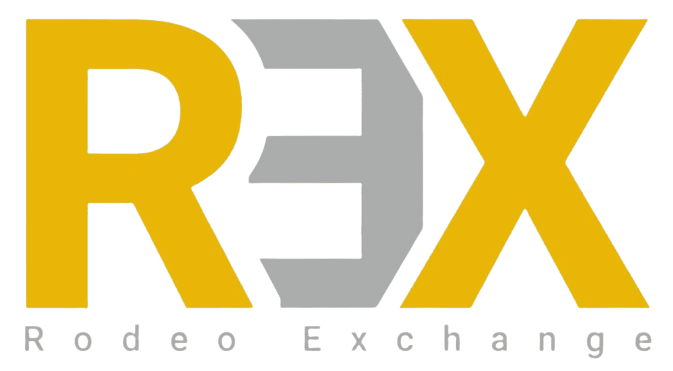Table of Contents
- Introduction
- What is a Reverse Tax Deferred Exchange?
- The Benefits of a Reverse Tax Deferred Exchange
- Eligibility Criteria for a Reverse Tax Deferred Exchange
- How to Initiate a Reverse Tax Deferred Exchange
- Important IRS Guidelines for Reverse Tax Deferred Exchanges
- Potential Challenges and Risks
- Frequently Asked Questions
- What is the deadline for identifying a replacement property in a exchange?
- Can personal residences qualify for a exchange?
- Is there a minimum or maximum value for the properties involved in a exchange?
- Can foreign properties be exchanged through a exchange?
- What happens if the identification period or the exchange period expires?
- Conclusion
1. Introduction
In the world of real estate investing, savvy investors are always looking for ways to defer taxes and maximize their returns. One such strategy that has gained popularity is the reverse tax deferred exchange. This powerful tool allows investors to defer capital gains taxes on the sale of an investment property by reinvesting the proceeds into a like-kind replacement property. In this article, we will delve into the details of the reverse tax deferred exchange and explore the IRS approval process.
2. What is a Reverse Tax Deferred Exchange?
This differs from a traditional 1031 exchange, where the sale of the relinquished property precedes the acquisition of the replacement property. In a reverse exchange, the investor has the opportunity to identify and acquire a replacement property first, providing greater flexibility and reducing the risk of losing out on desirable investment opportunities.
3. The Benefits of a 1031 Reverse Tax Deferred Exchange
By engaging in a 1031 reverse tax deferred exchange, investors can enjoy several key benefits. First and foremost, it allows for the deferral of capital gains taxes that would normally be due upon the sale of an investment property. This provides investors with more capital to reinvest, allowing for greater potential for wealth accumulation and portfolio growth.
By securing the replacement property first, investors can avoid the risk of being unable to identify suitable replacement options within the strict timelines imposed by a traditional 1031 exchange.
4. Eligibility Criteria for a Reverse Tax Deferred Exchange
To qualify for a reverse tax deferred exchange, certain eligibility criteria must be met. Firstly, both the relinquished property and the replacement property must be held for investment or business purposes. Personal residences and properties primarily held for personal use do not qualify for a exchange.
5. How to Initiate a Reverse Tax Deferred Exchange
Initiating a reverse tax deferred exchange requires careful planning and adherence to IRS guidelines. To begin the process, an investor must engage the services of a qualified intermediary (QI), also known as an accommodator or exchange facilitator. The QI acts as a neutral third party and assists in facilitating the exchange by holding the proceeds from the sale of the relinquished property and acquiring the replacement property on behalf of the investor.
The investor must identify the replacement property within 45 days from the sale of the relinquished property. The identification must be made in writing and submitted to the QI. Additionally, the investor must complete the acquisition of the replacement property within 180 days or the due date of their tax return, whichever comes first.
6. Important IRS Guidelines for Reverse Tax Deferred Exchanges
To ensure compliance and IRS approval, it is crucial to adhere to the following guidelines for reverse tax deferred exchanges:
- Use a qualified intermediary (QI) to facilitate the exchange.
- The relinquished property and the replacement property must be of like-kind.
- The replacement property must be identified within 45 days of the sale of the relinquished property.
- The acquisition of the replacement property must be completed within 180 days of the sale of the relinquished property or the due date of the investor’s tax return, whichever comes first.
- Strictly follow all reporting and filing requirements as outlined by the IRS.
7. Potential Challenges and Risks
One challenge is the tight timeline for identifying and acquiring the replacement property, which requires careful planning and thorough market research.
What is the deadline for identifying a replacement property in a exchange?
The identification of a replacement property must be done within 45 days from the sale of the relinquished property.
Can personal residences qualify for a exchange?
No, personal residences do not qualify for a exchange. Only properties held for investment or business purposes are eligible.
Is there a minimum or maximum value for the properties involved in a
exchange?
There is no minimum or maximum value requirement for properties involved in a 1031 exchange. The value of the properties can vary based on the investor’s objectives and investment strategy.
Can foreign properties be exchanged through a exchange?
Yes, under certain circumstances, foreign properties can be exchanged through a 1031 exchange.
What happens if the identification period or the exchange period expires?
If the identification period or the exchange period expires without the investor completing the exchange, the transaction will no longer qualify for tax deferral. The investor will be responsible for paying capital gains taxes on the sale of the relinquished property.
Conclusion
A reverse tax deferred exchange provides real estate investors with a powerful tool to defer capital gains taxes and optimize their investment portfolios.. With proper planning and execution, investors can leverage this tax-saving strategy to their advantage, ultimately maximizing their returns and building long-term wealth in the real estate market.

